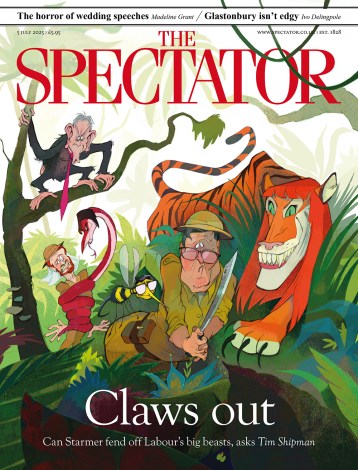It is often asked how chess became so popular in the USSR. My answer is that most areas of creative thought were closely supervised by the state; literature, art and even music, as Shostokovich and Prokofiev found, were subject to government control. Shostokovich’s opera Lady Macbeth of the Mtsensk District was severely criticised by the Communist Party Congress, for instance. Antagonising the state could be fatal.
In chess, though, creative thought could flourish without interference from the commissars. The notion that chess moves could be ideologically unsound was rarely entertained.
My theory for the popularity of chess would have had no currency within the Soviet Union. Soviet writers would have claimed that the obsession with chess was inspired by Mikhail Chigorin, the so-called godfather of Soviet chess, a player who came tantalisingly close to winning the World Championship.
Mikhail Chigorin: the Creative Genius by Jimmy Adams is published by New in Chess.
Chigorin-Tarrasch: St Petersburg 1893; French Defence
1 e4 e6 2 Qe2 This unusual move was a Chigorin speciality and, essentially, leads to positions similar to the modern King’s Indian Attack. 2 … c5 3 g3 Nc6 4 Bg2 Be7 5 Nc3 Qc7 6 Nh3 a6 7 Nf4 Nd4 8 Qd1 Nf6 9 d3 b5 10 0-0 Bb7 11 Be3 Rc8 12 a4 b4 13 Nb1 (see diagram 1) 13 … e5 This is a strategic mistake as now White gains control of the d5- and c4-squares. Much better is 13 … 0-0 intending 14 Nd2 d5 with an equal position. 14 Nd5 Bxd5 15 exd5 Qd6 16 Nd2 If Black now takes the d5-pawn with 16 … Nxd5 there follows: 17 Nc4 Qe6 18 Bxd4 cxd4 19 Bxd5 Qxd5 20 Nb6 and White wins the exchange. 16 … Qc7 17 Nc4 h5 A desperate attempt to attack. 18 f4 Nf5 19 Bd2 exf4 20 Bxf4 d6 21 Qe2 Rd8 22 Rae1 Kf8 If 22 … 0-0 then 23 Bg5 wins a piece. 23 c3 a5 24 Bd2 bxc3 25 bxc3 (see diagram 2) 25 … Nh6 If 25 … g6 26 Bh3 Ng4 27 Bxg4 hxg4 28 Nxa5 Qxa5 29 Rxf5 gxf5 30 Qxe7+ Kg8 31 Qg5+ winning. 26 Nxa5 Nhg8 27 Nc6 Re8 28 c4 Qd7 29 Bf4 h4 30 g4 Nxg4 30 … Qxg4 31 Qxg4 Nxg4 32 Nxe7 Nxe7 33 Bxd6 wins easily. 31 Bh3 N8f6 32 Bg5 Rh5 33 Bxf6 gxf6 34 Qxg4 Black resigns
The Bangkok Open was won on tie-break by Surya Ganguly ahead of Paco Vallejo. This week’s puzzle is taken from that event.





Comments